Fifty years of Mami Numit – A film archive and museum celebrates Manipuri cinema’s golden jubilee
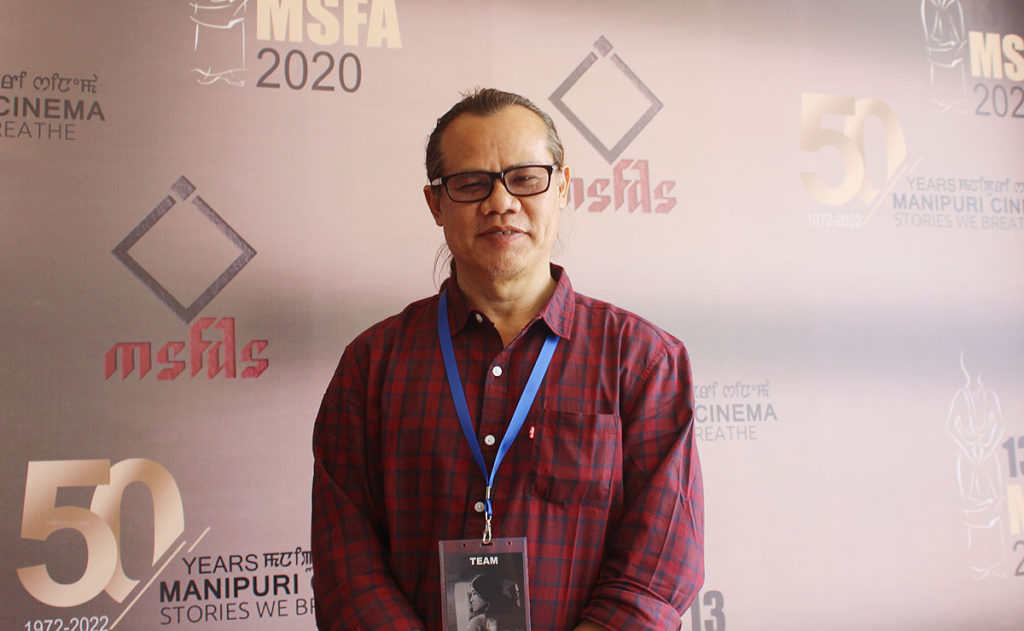
“Kari yenshang thongdoino, Eteima?” (what are you preparing for today’s meal, big sister-in-law?) - a voice rings out to thunderous applause. The year is 1972. Manipur has just been presented its first full-length feature film.
Matamgi Manipur debuted on 9th April 1972. The cinema hall was packed to overflowing. There was an unmistakable thrum of anticipation in the air. Debkumar Bose, the film’s director, had come from Kolkata for its premiere. History was about to be made. And as the silver screen crackled and the first words filled the darkened hall, the theatre broke into a loud cheer. Matamgi Manipur went on to win several awards, but that day in April and that delightfully evocative query – “Kari yenshang thongdoino, Eteima?” was forever etched in the state’s collective memory.
For Director Bose, now 87, making Matamgi Manipur, a family drama set in the context of the state’s changing culture, was quite literally a stab in the dark. Would Manipur accept a Bengali make its first feature film? Would it succeed at all? Was it worth all the hard work and risk? There was one thing, though, that Bose was absolutely sure of – that the universal language of films could speak to any audience, anywhere in the world. Manipur whole-heartedly embraced the film and it went on to win the President’s Silver Medal for the best regional film at the 20th National Film Awards.
But Matamgi did much more than win accolades for Manipur. It laid the foundation for what would turn out to be a uniquely vibrant film industry. Since 1972, this tiny state with a population of a little over 27 lakhs, has produced over 60 feature and more than 40 non-feature films. Many of them, notably Imagi Ningthem, Inshanou, Phijigee Mani, Loktak Lairembi, have won national and international acclaim, despite the challenges of finance, technology and infrastructure. No wonder then that 9th April, the day Matamgi Manipur premiered, is celebrated as Mami Numit (Day for Cinema). And this year marks its golden jubilee.
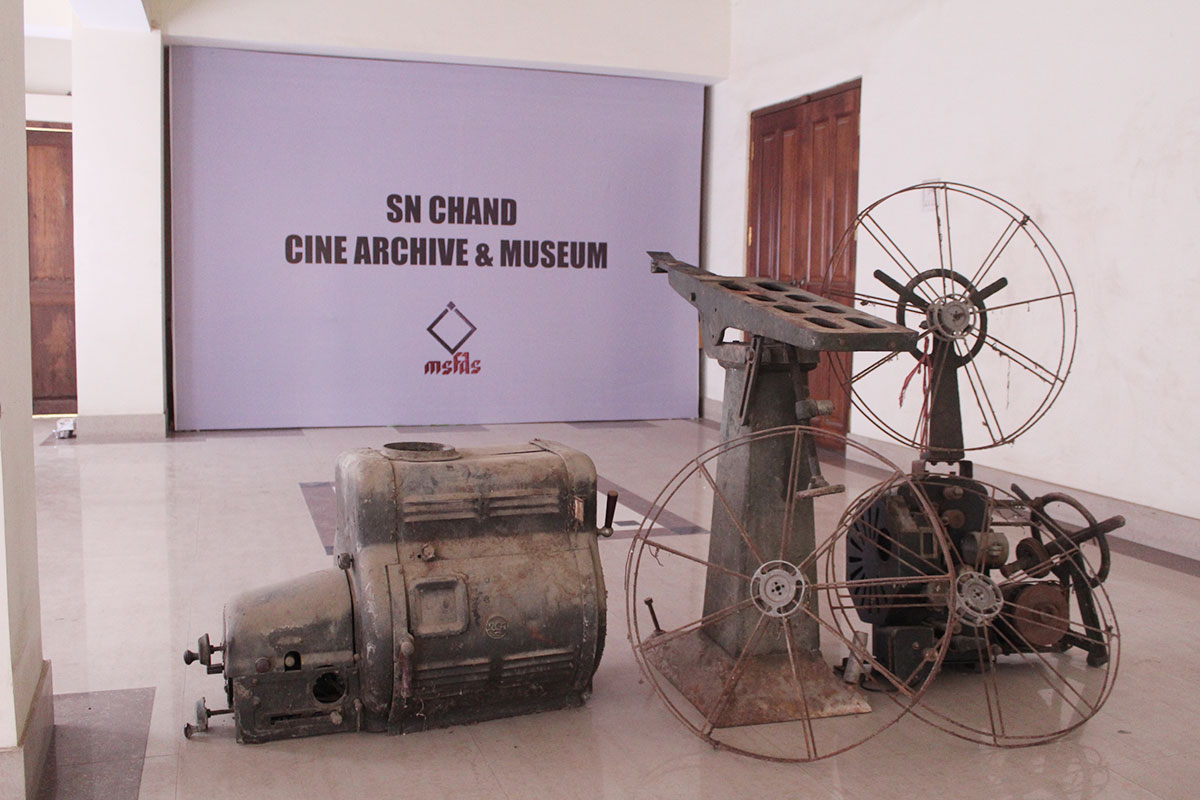
A 20-feet monolith dedicated to the state’s cine-workers and artists was unveiled to symbolize the start of the year-long celebrations, which will include film screenings, seminars and workshops, right through to 9th April next year. The highlight will the establishment of the all-important Film Archive and Museum in Konung Mamang, Imphal under the auspices of the Manipur State Film Development Society (MSFDS) and in partnership with the Film Heritage Foundation, Mumbai. Named after the state’s first film Director, the S.N. Chand Cine Archive & Museum will house a film conservation centre, the second in the country after the National Film Archive of India.
“Films are collective memory. They form part of our social fabric. They are a reflection of our history. What we create today is the future tomorrow,” says Founder Director of the Film Heritage Foundation, Shivendra Singh Dungarpur on the importance of preserving Manipur’s cinematic heritage.
Speaking exclusively to The NorthEast Stories, the person pioneering MSFDS film archival project, Sunzu Bachaspatimayum, explains the significance of protecting the state’s 50-year cinematic history, what it means for Manipuri culture and why he believes Manipur can become a “thriving hub of cinema”
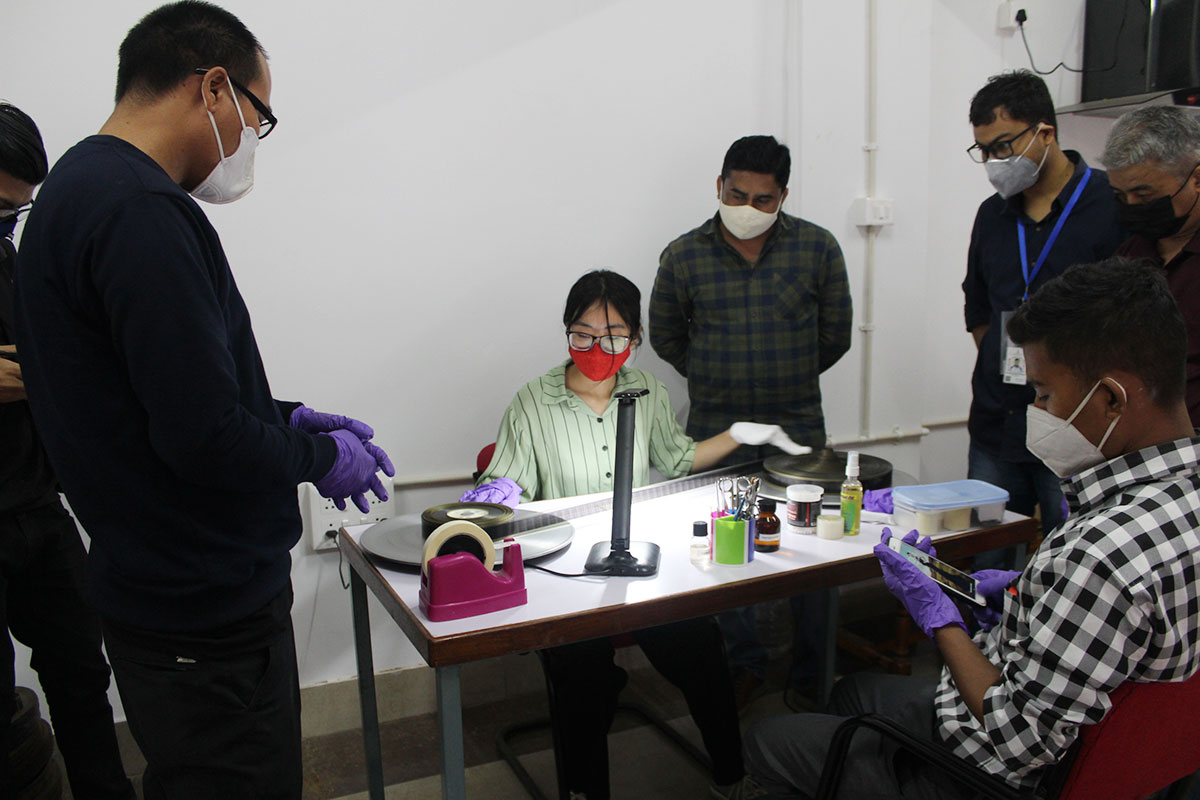
Give us a brief throw-back of the early years of the cinema in Manipur
The beginning (and success) was made in film-making with the release of Matamgi Manipur on 9th April 1972, when our native voice was heard on the silver screen. Subsequently, Sapam Nodia Chand, popularly known as S.N. Chand, became the first film director of the state, with the release of his film Brojendrogee Luhongba (Brojendro’s Marriage) on 26 January 1973. Now, fondly called the father of Manipuri cinema, Chand had then said, “cinema is the perfect medium to promote the rich art and culture of Manipur”. His reflection is relevant even today.
Manipuri cinema is greatly indebted to Aribam Syam Sharma, for bringing international focus with his Imagi Ningthem; Inshanou. The ecosystem in Manipur has evolved so much that filmmaking in Manipur is now emerging as a vibrant sector, with diverse voices and distinct personal styles of film-makers.
What, in your opinion, is the significance of 9th April for Manipur and the 50th year of its cinematic journey?
The five decades has been amazingly imaginative and courageous, considering the resource crunch, absence of investment in evolving technologies, and an outreach model to deal with dwindling audiences. Despite these challenges, Manipur’s indie films have been navigating through difficulties with a fierce spirit of independence and aesthetics.
It was on 9th April 1972 that the first Manipuri feature film, Matamgi Manipur, was released. As a mark of remembrance, 9th April is observed every year as Mami Numit – implying the birth of Manipuri cinema.
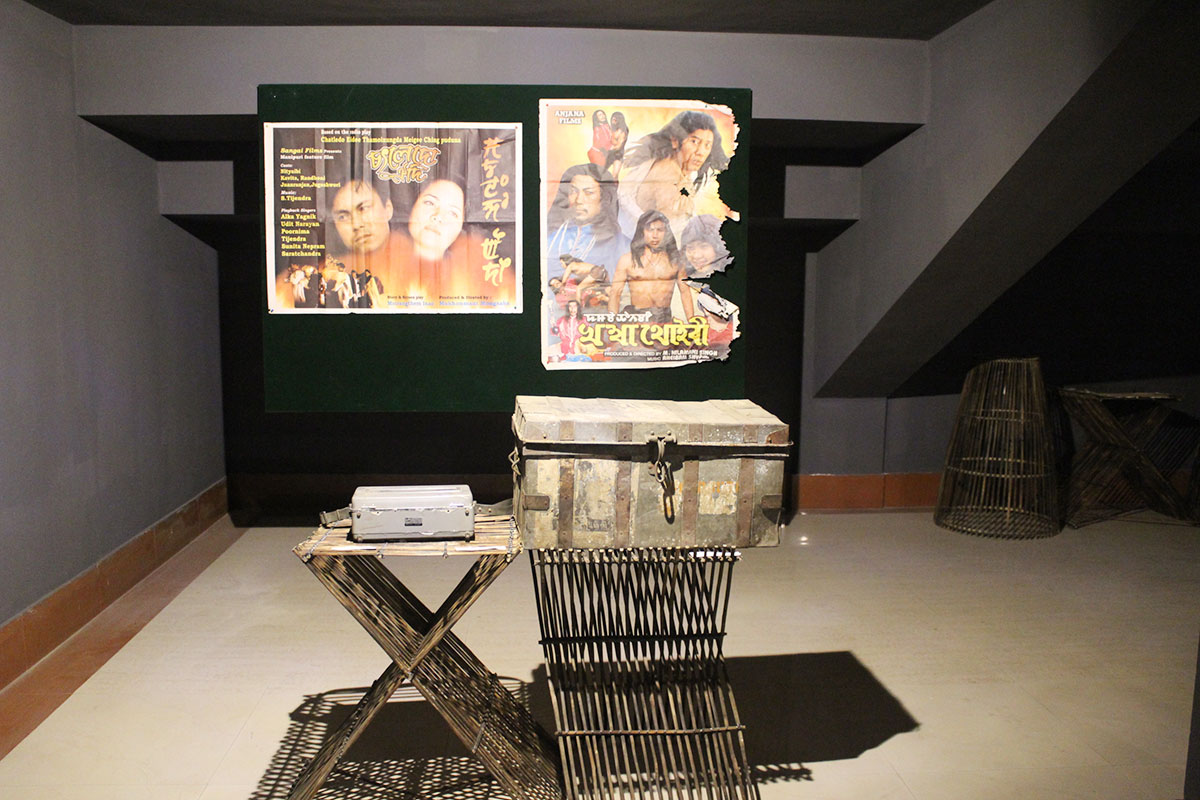
Besides some of the commemorative events, what are some of the significant events to mark the historic occasion and what is the concept behind it?
This milestone of Manipuri cinema is being commemorated as a yearlong celebration from 9th April 2021 - 2022. Under the guidance of the organizing committee, this golden jubilee year will be marked with workshop, district-level film festivals, discussions and dialogue. The events have been meticulously woven to amplify Manipur as a hub of cinematic practice and discourse for inculcating a forward-looking change in its ecosystem. The intent is to transform the industry into a diverse, inclusive, viable and creative one - one which is will amplify our unique cultural identity.
The most significant and historic golden jubilee landmark will be the setting up of the Film Archive and Museum to conserve, preserve our film heritage and make Manipur a thriving hub of cinema.
Give us a sense of the Film Archive and Museum
The archive is named after S.N. Chand - the father of Manipuri cinema. He is the first Manipuri to bring out a feature film. He began shooting his film Brojendragee Luhongba in 1971 but completed and released in 1973, a year after Matamgi Manipur was released. So as a tribute to the first film-maker from the state, the archive centre is lovingly named after him – S.N.Chand Film Archive & Museum.
MSFDS is partnering with Film Heritage Foundation Mumbai, to establish a fully functional film archive. It is based on the principle of sharing knowledge and will be part of the country’s film heritage.
We are right now at a very basic stage. We have segregated rooms for the vault; the archive, museum, the conservation room and other rooms are being created. Student-volunteers who were given basic training have begun the work of conservation.
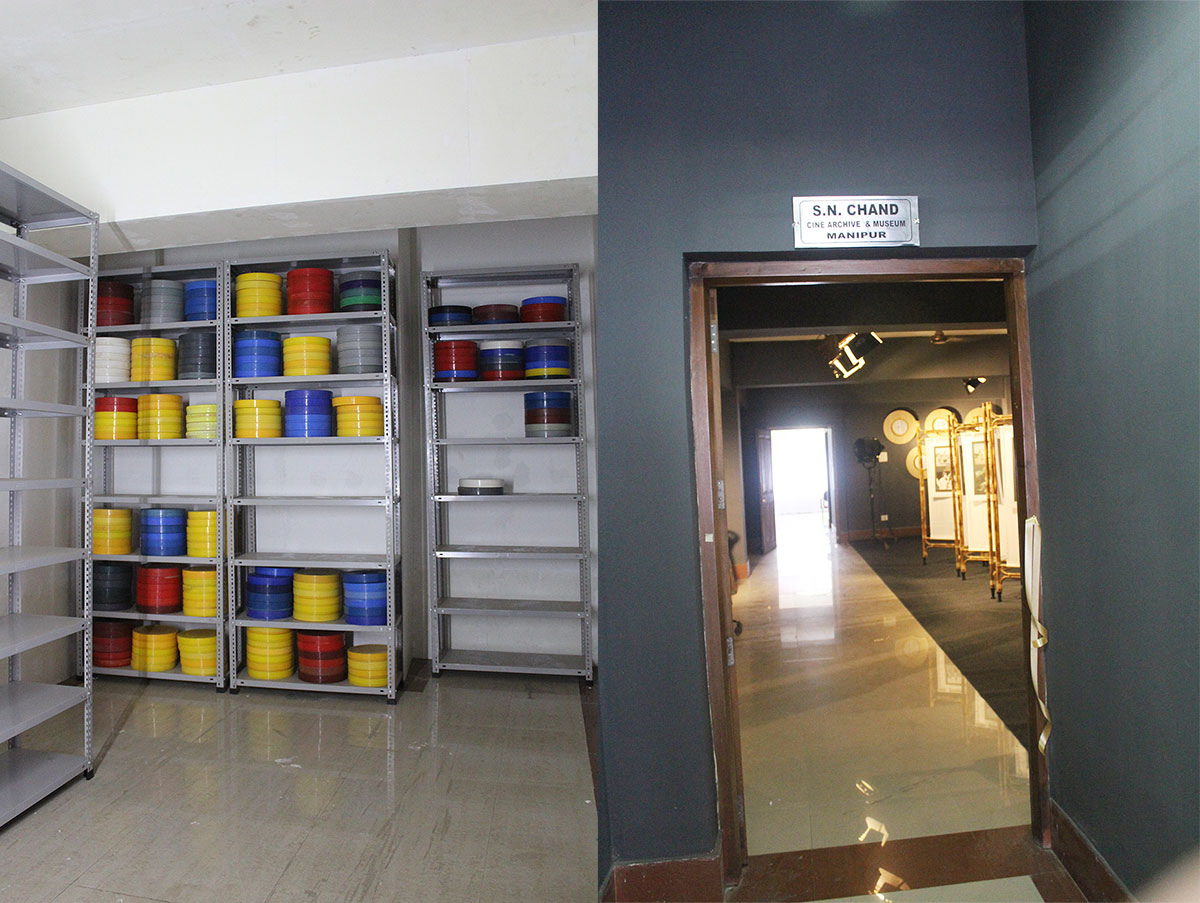
Currently, what is the status in terms of collection, restorations for the archive? How much work has been done?
I cannot give the exact numbers. We are in the process of identifying and collecting films. What we currently have are all in the positive format; what we need is the negative reels, which is not an easy task. Some of those we collected for instance is not complete. Some full film reels cannot be found. Some are in bad condition. Some reels are missing etc. and yes, 70-80 per cent of the films are already lost.
Archiving is an ongoing process. It is a continuous process. We have taken some steps. We have also sent some of our collection for scanning and restoration to Mumbai. Much work still needs to be done, especially in terms of infrastructure, technical set-up. It is not simple work. We still have a long way to go.
I can say with pride that we have made a beginning, that too with no funding. We came this far with moral support, encouragement from the film fraternity, the committee, members of MSFDS, well-wishers and cinema lovers.
We are giving our best and we look forward to preserving as many films as possible for future generations.

